In this blog, we will build on our topic of healthy eating before, during, and after pregnancy. Making the right choices can make a big difference in how you feel. Nutritious foods will give you the energy and brain power to be the best mom possible. Today we will take a look at a few more food categories.
Lentils
Whether you’re a meat eater or not, this vegetarian protein source deserves a place on your plate. A cup of cooked lentils packs around 17 grams of protein, along with about 7 milligrams of iron.
Lentils are also rich in the B vitamin folate (called folic acid in supplements), which is vital to forming your baby's brain and nervous system and has a powerful protective effect against neural-tube defects like spina bifida, a birth disorder in which a spine does not form properly. Lentils are also high in fiber, which can keep your digestive system humming along and help stave off pregnancy-related constipation.
How to eat them: To top it all off, lentils are easy to cook and can work in almost any dish. Try firm French or black lentils in salads, use softer brown lentils in place of chickpeas in your favorite hummus recipe or make a thick, stew-like soup with creamy, quick-cooking red lentils.
Yogurt
Your baby needs a steady supply of calcium for its growing bones, and you need it to keep yours strong and help your nerves and muscles function. Three to four servings of dairy foods can help you meet your daily calcium needs, and yogurt is one of your best bets.
Cup for cup, it contains as much calcium as milk — plus it’s packed with protein and folate. The active cultures (i.e., good bacteria) in yogurt can also help prevent stomach upset as well as yeast infections (which are more common in pregnancy).
But not all yogurts fall into a healthy pregnancy diet. Plain varieties are a better choice than flavored ones, since they’re free of added sugars and make it easier to keep your calorie intake in check.
How to eat it: Try a drizzle of honey or chopped fresh fruit to sweeten it up, if you’d like. Aside from eating it from the cup or bowl, you can add yogurt to smoothies, layer it with granola to make a creamy-crunchy parfait or use it in place of sour cream or mayo in dips, dressings or baked goods.
Wild salmon
The fatty fish earns its rep for being one of the best foods to eat while pregnant. Cold-water fish like salmon are packed with DHA omega-3s, which are essential for a number of reasons: the body can’t make them on its own; they help metabolize fat-soluble vitamins like A and E; they may help reduce the risk of prenatal depression; and they’re critical for the development of your baby’s eyes and brain (both the brain and retina are primarily composed of DHA). Salmon, too, is a good source of iodine.
As for concerns about mercury? Salmon is a safe seafood choice for pregnancy, so feel free to enjoy 8 to 12 ounces (two to three servings) a week. (Sardines and herring are other good choices.) Stick with wild salmon over farmed when possible.
How to eat it: Try roasting salmon filets and serving them over greens or rice. Enjoy alongside a sweet potato and steamed veggies, or pile flaked salmon on top of whole grain bowls or salads.
Be sure to check us out next week as you continue to look at foods and food groups that are healthy for you and baby!
Resource: What to expect

